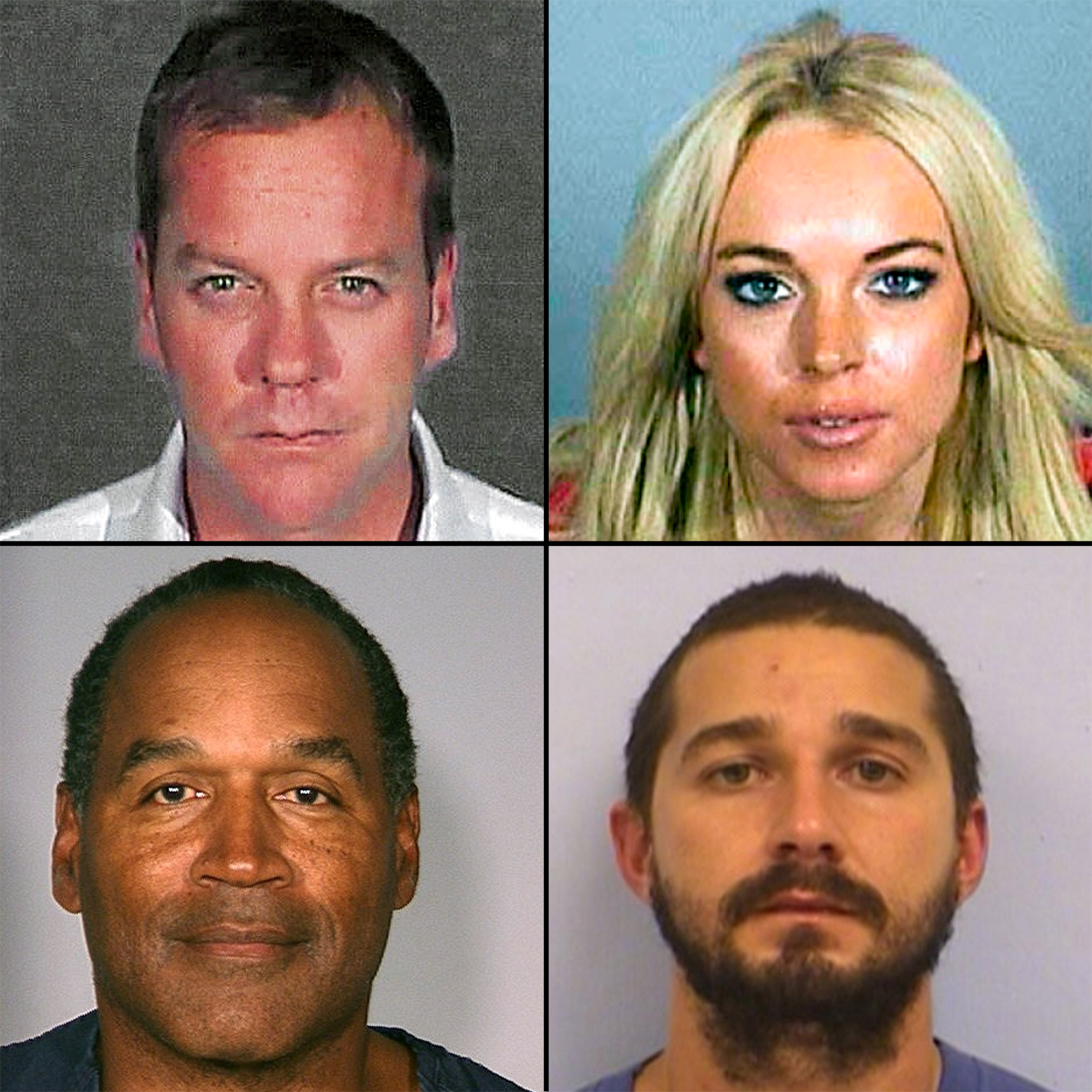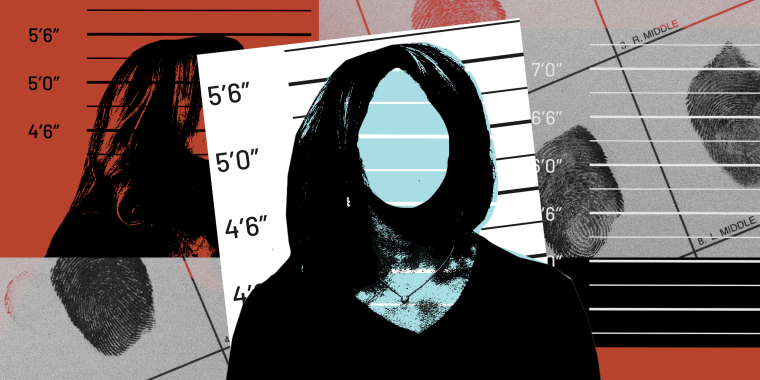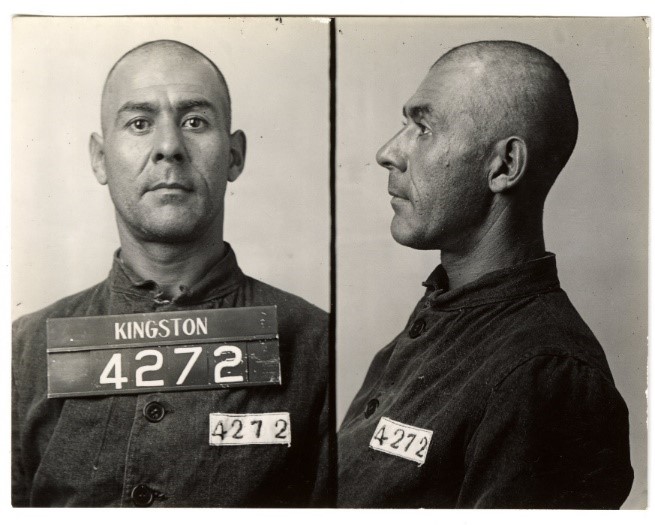From Reserving to Mugshot: Recognizing the Intricate Process of Criminal Photography
Wrongdoer digital photography, an essential component of the criminal justice system, plays a pivotal duty in recording the journey of a specific from the moment of their apprehension to the finality of their mugshot. Past the technical facets, the world of criminal digital photography also incorporates honest and legal factors to consider that include an added layer of intricacy.
Apprehension and Preliminary Handling
Upon apprehension of a suspect, the apprehension and first processing stage of the criminal digital photography process starts. This essential stage is the very first step in recording the physical look of the specific included in the alleged criminal task. The objective of this phase is to record an accurate visual document of the suspect's identification at the time of apprehension, ensuring that the individual can be easily identified if needed for further examinations or lawful proceedings.
These photos serve as a main document of the suspect's physical look, capturing details such as face features, tattoos, marks, and various other determining marks. In some instances, added photos might be taken to document injuries suffered during the arrest or to record any kind of proof associated to the claimed criminal activity.
The pictures acquired throughout the apprehension and first handling stage are vital items of evidence and play a significant duty in the criminal justice system. They function as a visual reference for detectives, prosecutors, and various other lawyers associated with the instance. These photos may be shared with various other regulation enforcement firms or made available to the public to aid in the recognition and uneasiness of the suspect. By meticulously documenting the suspect's look at the time of arrest, the arrest and preliminary processing stage of the criminal photography process intends to assist in a fair and exact criminal justice system.
Mugshot Configuration and Prep Work
The mugshot setup and prep work stage entails the cautious arrangement and prep work of the suspect for the official photographic documents of their physical appearance. This crucial action makes certain that the resulting image accurately represents the person's facial features and general appearance at the time of their apprehension.
During the mugshot setup and preparation, regulation enforcement policemans adhere to a standardized treatment to make sure uniformity and precision throughout all photos. The suspect is commonly placed before an ordinary history, such as a solid-colored wall, to remove any type of interruptions and focus entirely on their face. This aids to ensure that the facial functions are easily identifiable and clearly visible.
The suspect's height is measured, and they are instructed to eliminate any type of hats, accessories, or things that can block the view of their face - Mugshots Orlando. They are then asked to deal with the electronic camera directly, with their head held upright and their eyes looking straight at the lens. To capture an exact depiction, the suspect is advised to preserve a neutral expression, staying clear of any type of overstated facial expressions or motions
Mugshot setup and prep work is an essential action in the criminal photography procedure as it assists to produce visit site a regular and accurate document of the suspect's look at the time of their apprehension. This photographic documents acts as a vital tool for identification, examination, and lawful proceedings.
Recording the Mugshot
How is the mugshot recorded in a expert and specific way throughout the criminal photography procedure? Capturing a mugshot is an important step in the criminal photography procedure as it acts as an aesthetic document of the suspect's look at the time of arrest. To make certain expertise and precision, numerous key aspects enter into play.
First of all, correct illumination is important to record a clear and exact image. Making use of a mix of natural and fabricated illumination, professional photographers intend to guarantee and get rid of darkness that facial features are well-defined.

Additionally, a neutral background is utilized to reduce distractions and maintain the focus only on the subject's face. This can be attained by utilizing a plain background or a specialized mugshot backdrop, commonly in a light or neutral shade.

High Quality Control and Paperwork
During the criminal digital photography process, maintaining quality assurance and detailed documentation is critical to make sure the precision and reliability of the recorded mugshot. Quality control procedures are carried out to decrease mistakes and incongruities in the photos, while documentation works as a document of the entire procedure.
To make sure the high quality of the caught mugshot, legislation enforcement agencies use various strategies. Quality control also involves examining and verifying the captured pictures for any artifacts or distortions that might affect the precision of the mugshot.
Extensive documents is equally important in the criminal digital photography procedure. In addition, the paperwork ought to consist of the day and time of the photo, the name of the photographing policeman, and any type of pertinent situations surrounding the apprehension.
Lawful and Moral Factors to consider
Lawful and ethical factors to consider play an important role in the criminal digital photography process. Legislation enforcement agencies need to follow stringent guidelines to make sure that the legal rights of people are shielded which the proof gathered is permissible in court.
One of the main legal factors to consider in criminal digital photography is getting correct authorization. This is particularly essential when it comes to mugshots, as individuals have a right to privacy and may reject to have their image taken.

Additionally, proper handling and storage of photos is crucial to maintain the honesty of the criminal justice system. Police must have strict methods in location to avoid unauthorized accessibility, meddling, or misuse of photographs.
Verdict
In conclusion, criminal digital photography is a complex and elaborate process that begins with the apprehension and first processing of the individual. In general, recognizing the complexities of criminal photography is important for regulation enforcement firms to precisely record and recognize people involved in criminal tasks.
Criminal digital photography, an important component of the criminal justice system, plays a pivotal role in documenting the journey of an individual from the minute of their apprehension to the finality of their mugshot. By meticulously recording the suspect's look at the time of apprehension, the apprehension and initial handling stage of the criminal photography process intends to facilitate a accurate and fair criminal justice system.
Just how is the mugshot caught in a expert and precise way during the criminal digital photography procedure? Capturing a mugshot is a crucial action in the criminal photography process as it serves as an aesthetic record of the suspect's appearance at the time of apprehension. Overall, recognizing the intricacies of criminal photography is vital for law enforcement companies to precisely record and identify people involved in criminal tasks.